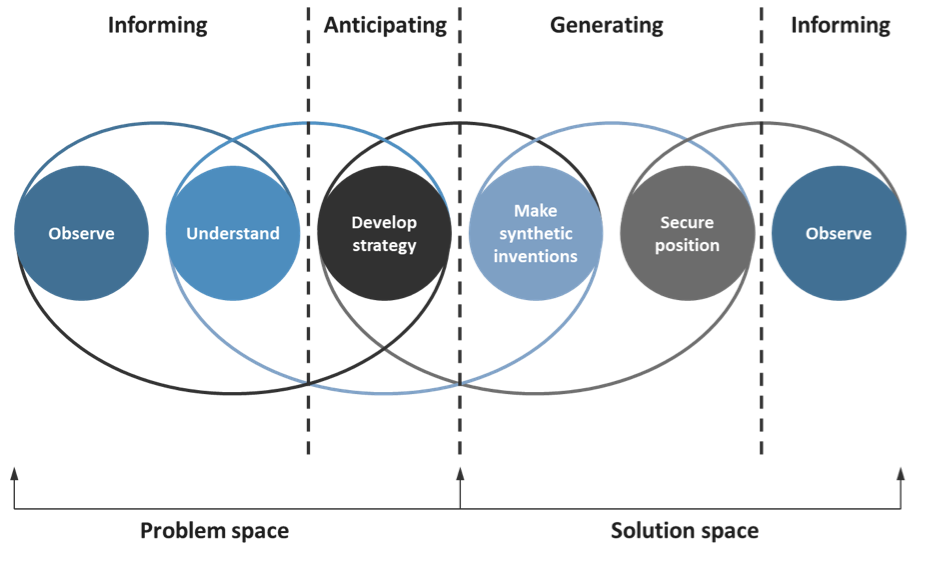Predicting technology change and IP-Design
Innovation and Innovation Management are pressing topics in the current era of digitization. For companies it vital to understand and predict technology change. There are many different approaches available on the market, which all try to understand the customers needs and produce products which improve people’s lives. The most successful of these methods can be learned in the Certificate course on “Integrated IP and Innovation Management” at CEIPI. The next course starts on 15.09.2020.
One of those methods is the lead user method. Those lead users are characterized by two features:
- They are innovators: They can understand the mass market needs early on, even before most early adopters
- They need a solution personally: They are often themselves inventors or technical experts who benefit themselves from an innovation
This makes them so valuable in product development. An example for the successful implementation of the lead user method are automatic braking systems for cars. Old cars had no emergency brake assist (BA) and anti-lock braking system (ABS) that helped to optimize the braking behavior of a car by applying the maximum braking power without locking the up the wheels. In the car industry this was for a long time not seen as an important feature. Nevertheless, at the same time the aviation industry already introduced anti-skid systems for a long time since it was a crucial part of making landings safe. The invitation of lead users from the aeronautics sector in car manufacturing helped to introduce this new technology, which is now common in cars.
Another method is the design thinking approach. The main idea of design thinking is to center the people not the invention. So, instead of starting with a classical developer, sitting alone in their lab making great technological advancements, the whole approach is more focused on the understanding of the needs of customers. Also, the approach is involving a more agile thinking style in an iterative process, which means that the development team is constantly testing the innovation improving it within each cycle. Finally, it also involves more interdisciplinary teamwork in open and creative spaces, compared to classical development.
The modern approach to design thinking was developed by the designer consultants at IDEO and further advanced by the Stanford d.school and the Hasso-Plattner-Institut. The five steps of design thinking as taught at the Stanford d.school are:
- Empathize
- Define
- Ideate
- Prototype
- Test
The ideas of design thinking can not only be applied to the development process of technology but can also include intellectual property. By this approach new technologies, use cases and business models can not only be developed systematically but also protected with IP. Like design thinking IP-design centers the user and customer in the development process and evaluates iteratively the best options. This can be done with the standardized IP-design tools, which are also used to document the processes and make it possible to reevaluate options omitted in a previous cycle. A practical example for the use of IP-design can be found in the case study Hansgrohe.

The IP-design process with the three phases of informing, anticipating, and generating.
Follow us on: https://www.linkedin.com/company/ipbusinessacademy/



